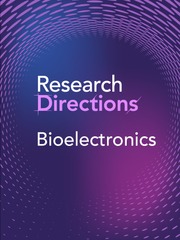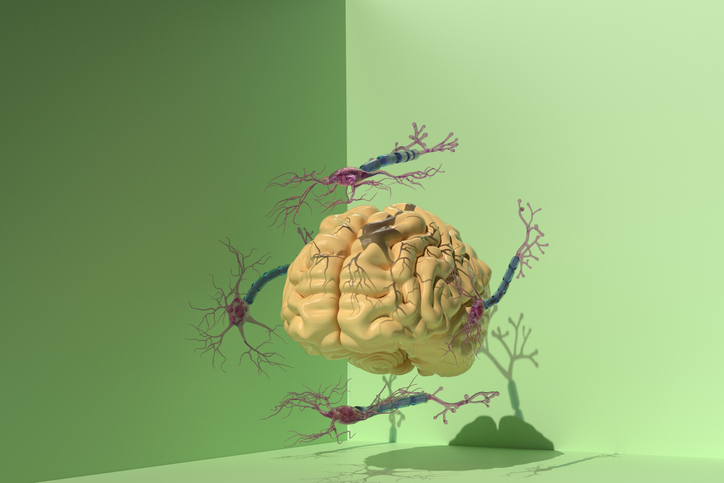Context
Bioelectronics have been gaining popularity in recent years due to their potential use in the field of neurorehabilitation. The aim is to use these technologies to help individuals recover from various neurological conditions such as stroke, spinal cord injury, and traumatic brain injury. The basic principle behind bioelectronics is to use electrical/optical stimulation to activate neurons in the brain and promote functional recovery. One example of bioelectronics use in neurorehabilitation is through the development of brain-computer interfaces (BCIs). BCIs are computer systems that use electrodes to detect and interpret electrical signals generated by the brain. These signals can then be used to control external devices such as robotic limbs, exoskeletons, and computer interfaces. The hope is that BCIs will help individuals with paralysis or other conditions regain movement and control over their limbs.
However, there are also concerns about the use of bioelectronics in neurorehabilitation, particularly those that are implantable. One concern is the safety of these technologies, especially regarding long-term stimulation. There is a risk that external stimulation for implantable devices could cause adverse effects, such as brain damage or seizures. Another concern is the cost and availability of these technologies, as they can be expensive and may not be accessible to everyone.
In conclusion, while bioelectronics have the potential to revolutionize the field of neurorehabilitation, it is important to consider the risks and limitations of these technologies before making widespread use of them. There is a need for further research and development to ensure their safety and effectiveness, as well as to determine whether they are truly necessary for the rehabilitation of neurological conditions. Bioelectronics is bound to revolutionize the field of neurorehabilitation, but their use should be evaluated on a case-by-case basis. The benefits and limitations of these devices must be carefully weighed before deciding on their use in individual patients.
How to contribute to this Question
If you believe you can contribute to answering this Question with your research outputs find out how to submit in the Instructions for authors (https://www.cambridge.org/core/journals/research-directions-bioelectronics/information/author-instructions/preparing-your-materials). This journal publishes Results, Analyses, Impact papers and additional content such as preprints and “grey literature.” Questions will be closed when the editors agree that enough has been published to answer the Question so before submitting, check if this is still an active Question. If it is closed, another relevant Question may be currently open, so do review all the open Questions in your field. For any further queries check the information pages (https://www.cambridge.org/core/journals/research-directions-bioelectronics/information/about-this-journal) or contact this email (bioelectronics@cambridge.org).
Competing interests
The author(s) declare none.






